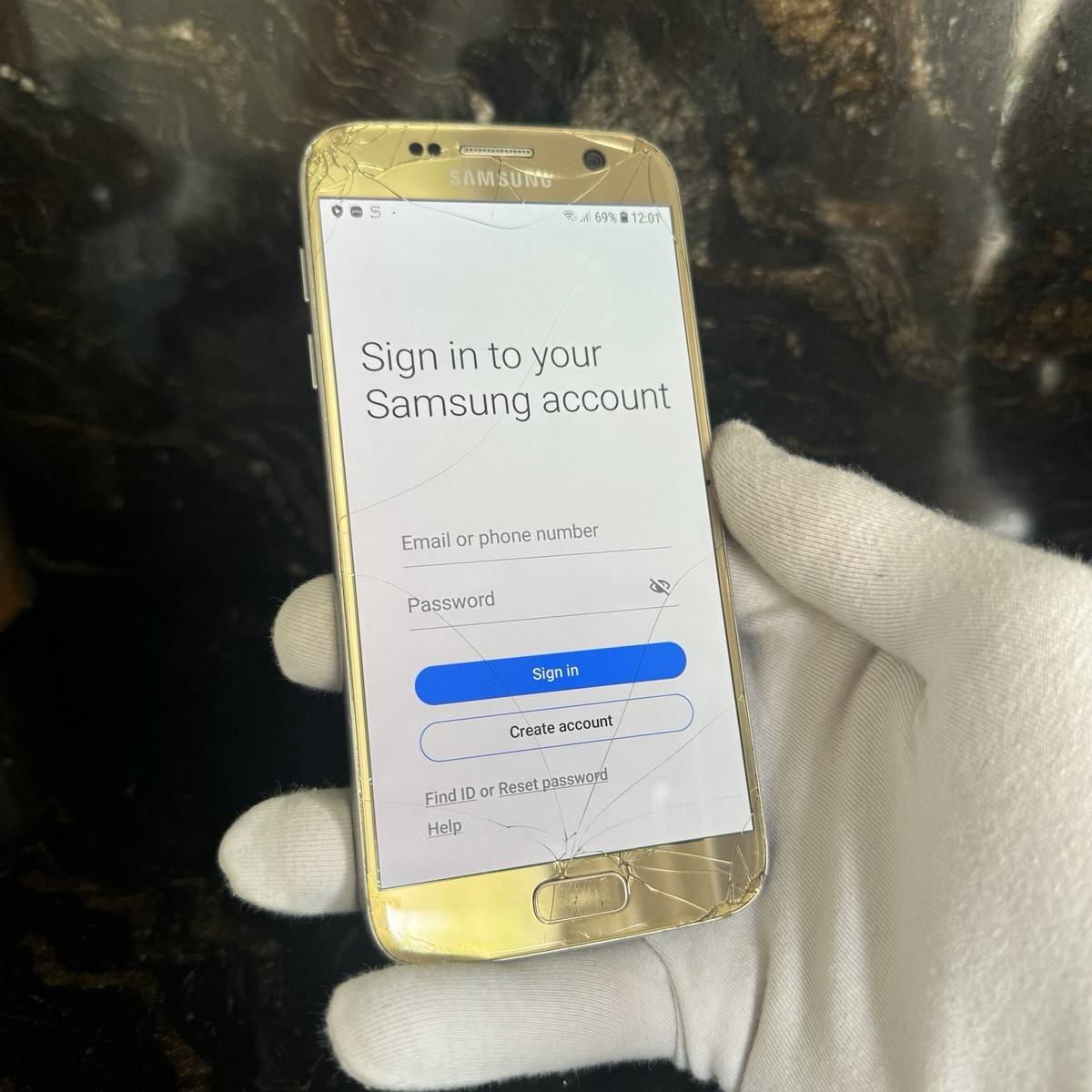

new magnets and materials devoid of rare earth elements have been identified through AI, yet the majority of production methods still rely on precious and scarce metals. Certain metals are crucial for the functionality of electronic devices, aiding in the conductivity of parts or providing heat dissipation features to keep devices at a safe temperature. Think about what’s hiding inside the tablets and smartphones you interact with daily. This holds true for gold. Indeed, real gold. It possesses several sophisticated traits such as excellent electrical conductivity, resistance to corrosion, and robust bonding capabilities to connect wires and various components. Naturally, it isn’t the sole precious material in your phone. If you were to dissect your device, you would also discover copper, cobalt, aluminum, lithium, silver, among others. But what is the actual amount of gold present in your smartphone?
Typically, smartphones contain around 0.034 grams of gold on the inside. In a single handset, that might not seem substantial, but when considering the millions of units produced annually by major manufacturers, it accumulates significantly. Smartphones are not the exclusive electronic devices with gold. Gold can also be found in computers, certain older televisions, radios, vintage gaming consoles, coffee machines, small appliances, and more. The circuit board, or motherboard, is a key component that showcases gold in these devices. They are commonly adorned with a fine layer of gold, or the embedded circuitry is interconnected with gold or silver to enhance communication among parts. Some larger devices may contain as much as 1 gram of gold per unit, especially substantial server motherboards that depend on the metal for circuitry.